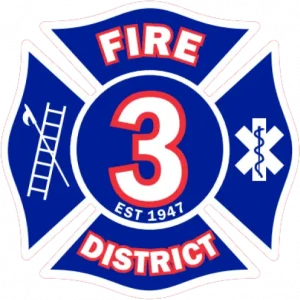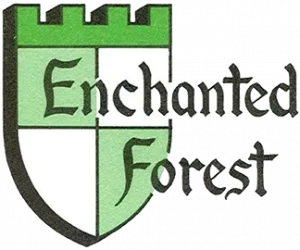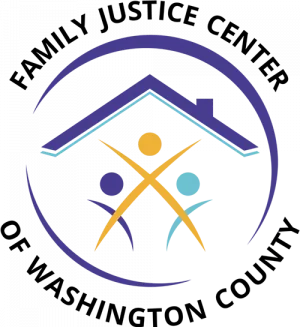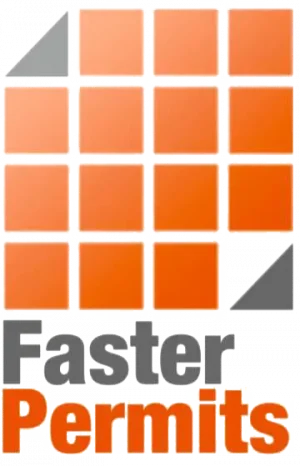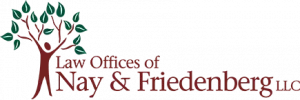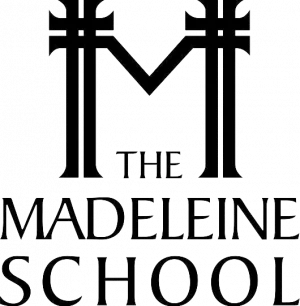First, what is IVR? It’s Interactive Voice Response (IVR) – a call system that allows callers to navigate a phone system via their voice or keypad inputs. This automatic call distribution (ACD) system responds to inputs by routing calls, providing information, or performing specific actions. This navigation is done through programmed call flows, which determine the path a caller takes through your phone system menu.
Without an effective call flow, callers will get to the wrong place or person – leading to frustration, wasted time, and increased workload. So with a system like inbound IVR, you want callers to get to the right place the first time.
Telecommunications experts, like America's Phone Guys, solve these issues with cutting-edge VoIP solutions that include advanced IVR capabilities. But once you get an IVR system, it’s good to know what an effective call flow looks like and how to design one so your customers always reach the right person or department quickly and easily.
How to Design an IVR Call Flow
A well-designed call flow can significantly improve customer experience and operational efficiency. Just make sure to consider handling times, transfer rates, and task completion rates.
Here are some key steps to design an efficient IVR call flow:
- Start with a comprehensive builder for easy visualization and modification.
- Simplify the menu so you don’t overwhelm callers.
- Have the most common options on your menu items first to reduce wait times.
- Allow callers to speak with an agent at any time.
- Include callback options to minimize hold times (especially during peak periods).
- Include intelligent routing based on the caller history or input.
- Maximize your IVR workflow.
Where an IVR Workflow Fits in
Workflows are the backbone of an efficient, automated phone system. As a part of call flows, inbound IVR workflows are set up to manage incoming calls efficiently and gather necessary information. They typically include:
- Greetings and Beginning Menu options: This typically includes a welcoming message to present callers with a menu of options.
- Decision Points: Based on the caller’s input, the system can direct them down different paths.
- System Actions: These can include transferring calls, providing basic information (such as business hours), or collecting data from the caller.
- Exit Points: The workflow concludes when the caller is done, whether that’s speaking to an agent, leaving a message, or getting the information they need.
Your Portland OR and Vancouver WA VoIP Experts
Many businesses struggle with managing high call volumes and making sure each caller receives prompt, personalized attention. Long wait times, frustrated customers, and overwhelmed staff can result in lost business opportunities and decreased customer satisfaction.
So when it comes to implementing an effective call management system, local experience matters. Your business needs experts who understand the intricacies of VoIP technology, including IVR, and how to tailor it to your specific business needs.
At America's Phone Guys, we bring over 2025 years of experience in designing and implementing custom telecommunications solutions for businesses in Portland OR and Vancouver WA. Our team will work closely with you to understand your specific requirements and help create an IVR call flow that optimizes your customer interactions and internal processes.
Reach out to our team today for a consultation, and we’ll show you how our tailored VoIP and IVR solutions can transform your business communications.

